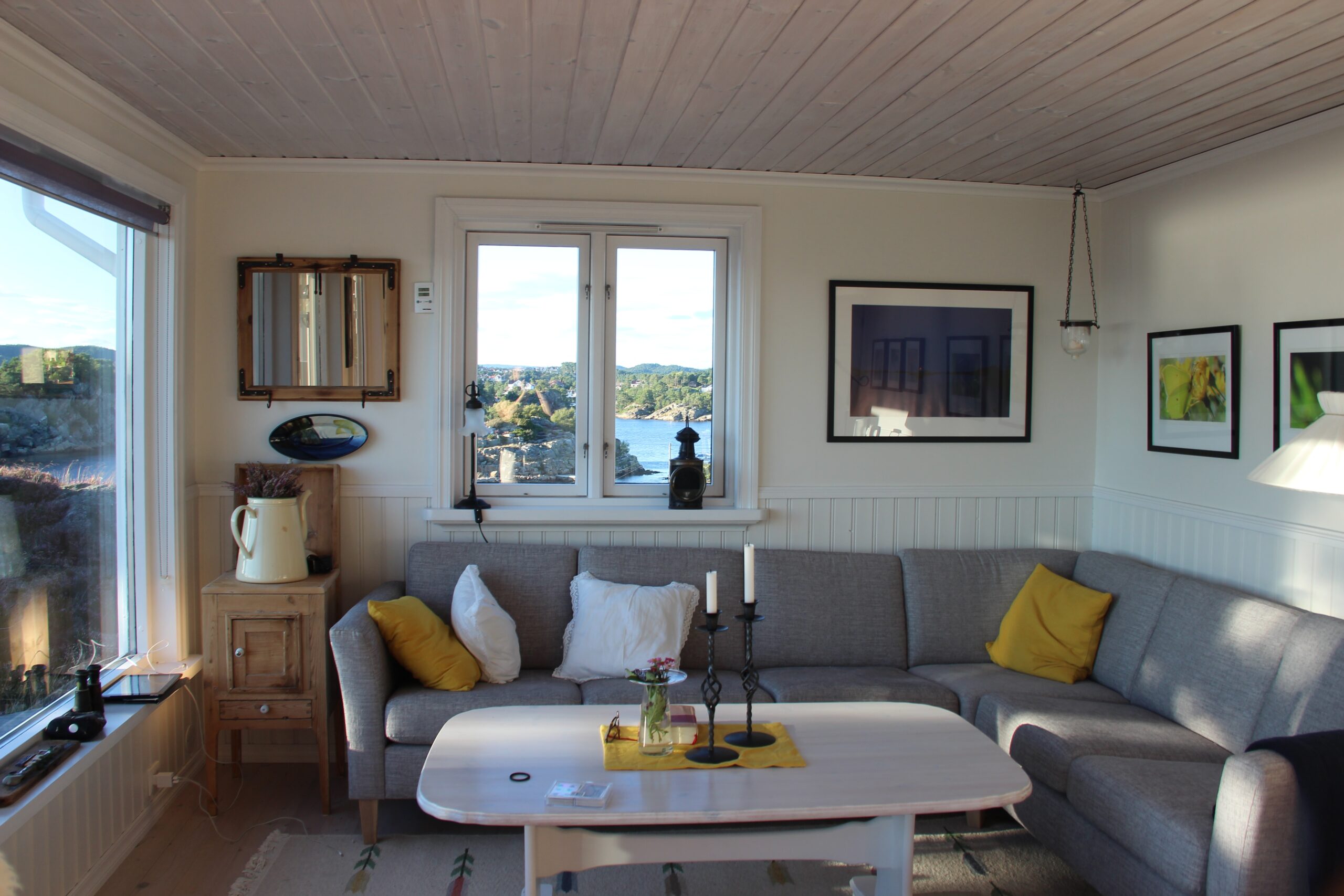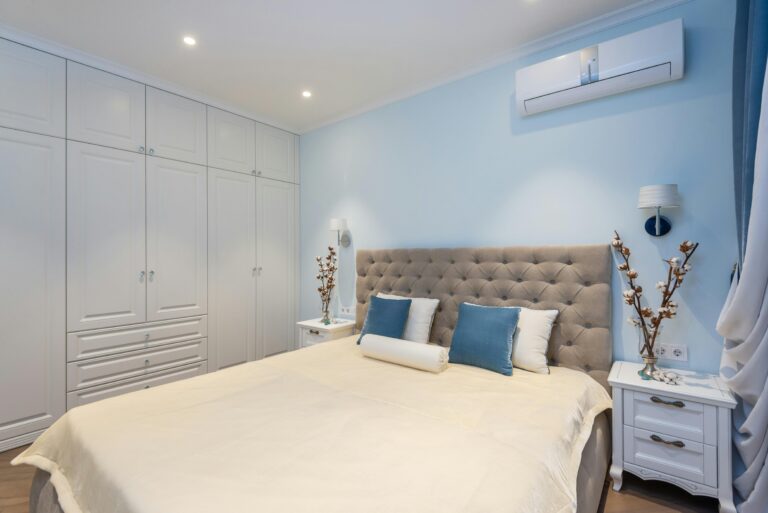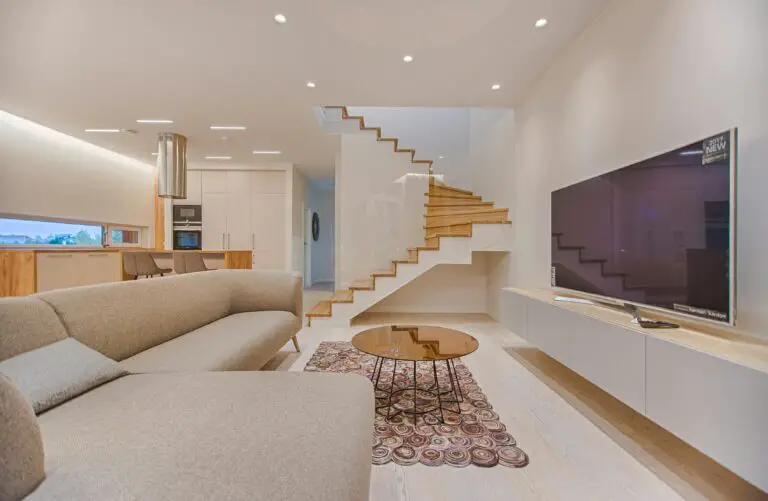Color is a powerful tool. It can influence our moods, perceptions, and even the apparent size of a room. If you’re looking to make a statement in your home and maximize the impact of your small space, using bold colors is the way to go.
In this guide, we’ll take you through the art and science of using bold colors in small spaces to create a dramatic effect. Whether you’re a seasoned decorator or a newbie looking for inspiration, you’ll find valuable insights here.
1. Selecting the Right Bold Colors
Understanding Color Psychology
The journey to transforming a small space with bold colors begins with understanding color psychology. Warm colors like reds and oranges can create a cozy atmosphere, while cool colors like blues and greens can make a room feel more spacious.
Bold colors, however, evoke intense emotions. Reds signify energy and passion, yellows radiate warmth, and blues bring a sense of calm. When selecting your bold colors, consider the emotional impact you want to achieve in your small space.
Choosing Colors that Match Your Style
Bold colors should harmonize with your personal style and the room’s intended purpose. For a dramatic and luxurious effect, deep purples and rich emeralds work well. If you prefer a vibrant and energetic atmosphere, fiery reds and bright oranges can do wonders. But remember, there are no hard and fast rules; the key is to choose colors that resonate with you.
Considering Available Natural Light
Natural light can greatly affect how bold colors appear in a room. In spaces with ample natural light, you can go bolder without making the room feel overwhelming. Conversely, in rooms with limited natural light, you may want to opt for slightly softer shades of your chosen bold colors to prevent the room from feeling too closed in.
2. Preparing Small Spaces for Bold Colors
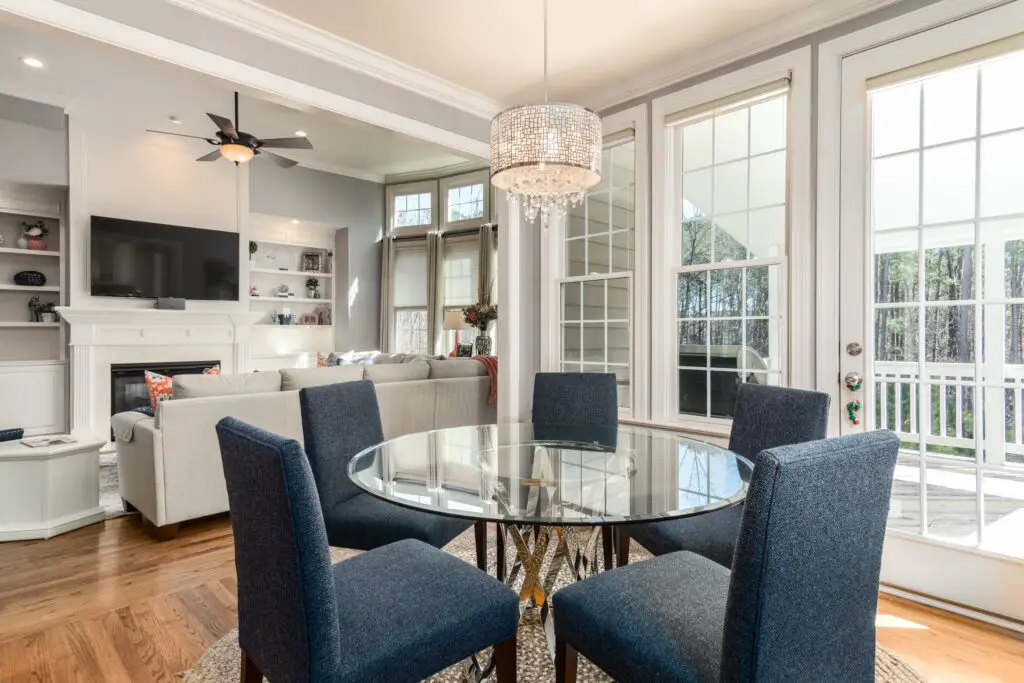
Decluttering and Optimizing Space
Small spaces benefit from decluttering and smart space optimization. Before applying bold colors, take the time to organize and pare down unnecessary items. This not only creates a more open feel but also allows your chosen colors to shine.
Selecting Appropriate Furnishings
Your furniture should complement your color choices. Consider pieces with clean lines and minimalist designs to prevent overcrowding. Neutral-colored furniture can also help balance the boldness of your color palette.
Preparing the Walls and Surfaces
Bold colors demand a well-prepared canvas. Ensure that walls are clean and smooth, and any imperfections are patched up. Primer is your friend here, as it provides an even base for your chosen colors, making them pop.
Lighting Considerations
Lighting plays a pivotal role in enhancing the drama of bold colors. Invest in quality lighting fixtures that can be adjusted to different levels of brightness. This flexibility allows you to showcase your bold colors effectively, day or night.
3. Applying Bold Colors
Accent Walls and Focal Points
One effective way to use bold colors is through accent walls or focal points. This draws the eye and creates visual interest without overwhelming the entire space. Consider painting one wall a bold color or using bold wallpaper for a striking effect.
Color Blocking Techniques
Color blocking involves using different bold colors in distinct sections of the room. For example, you might have one bold color on the walls and another on the ceiling. This technique can add depth and dimension to a small space.
Using Bold Colors in Furniture and Decor
Incorporate bold colors into your furniture and decor. Boldly colored sofas, chairs, or rugs can serve as eye-catching focal points. For a more subtle touch, choose colorful throw pillows, vases, or artwork.
Incorporating Bold Colors in Textiles and Accessories
Textiles like curtains, bedding, and tablecloths are perfect for introducing bold colors. They’re easy to change if you decide to switch up your color scheme later. Bold-colored accessories, such as lamps, candles, or even dishes, can also make a statement.
4. Creating Balance
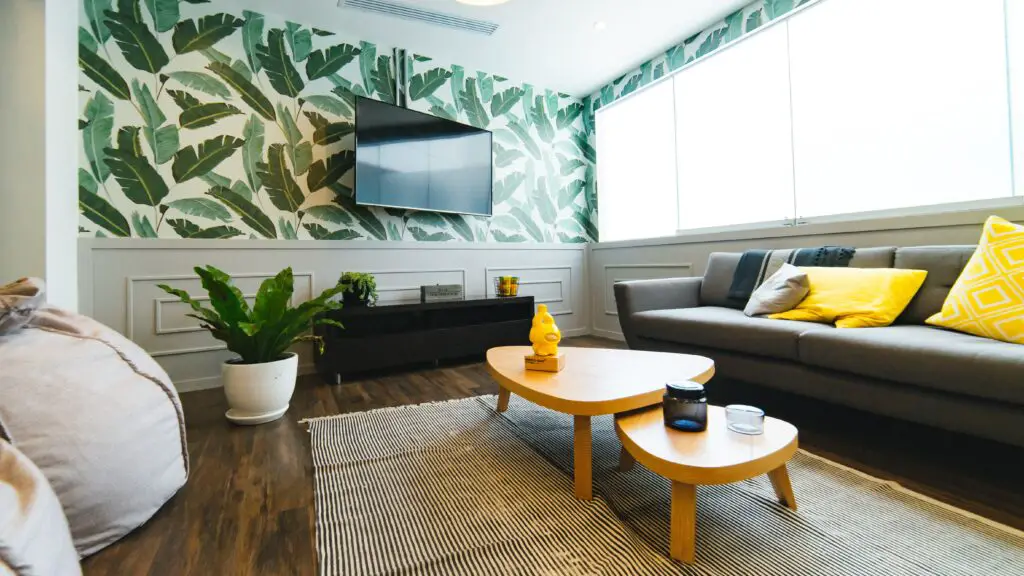
Complementary and Contrasting Colors
Balancing bold colors is essential. Complementary colors (those opposite each other on the color wheel) can work well together, creating a harmonious and visually pleasing look. Contrasting colors can add excitement and vibrancy. Experiment with different color combinations to find what appeals to you most.
Using Neutrals to Balance Boldness
Neutrals like white, gray, or beige can act as a calming counterbalance to bold colors. Consider using neutral-colored trim, moldings, or furniture to prevent the room from feeling too intense.
Achieving Visual Harmony
Visual harmony is achieved by ensuring that your bold colors are distributed evenly throughout the room. Avoid creating too much contrast or concentration in one area. Balance is key to making the space visually appealing.
Dos and Don’ts
Dos for Using Bold Colors Effectively
- Do test paint samples in your space before committing.
- Do consider the color’s undertones for compatibility.
- Do use a color wheel for guidance when selecting complementary colors.
- Do use bold colors strategically to emphasize architectural features.
Common Pitfalls to Avoid
- Don’t overdo it; moderation is key, with bold colors in small spaces.
- Don’t forget about lighting; ensure your colors are well-lit.
- Don’t ignore the room’s purpose; make sure your color choices align with how the space will be used.
Maintenance and Longevity
Tips for Maintaining Vibrancy
- Regularly clean walls and surfaces to prevent dulling.
- Touch up any scuffs or marks promptly.
- Use quality paint that resists fading and wear.
Considerations for Long-Term Satisfaction
- Be prepared for a repaint if your taste changes.
- Choose timeless, bold colors to ensure they remain appealing.
- Ensure that your color choices align with your long-term vision for the space.
Conclusion
Using bold colors in small spaces can transform them into captivating and dynamic environments. Remember that the key to success lies in thoughtful selection, preparation, and balancing of bold colors. By following the tips and techniques outlined in this guide, you can create a small space that truly makes a dramatic statement.
Frequently Asked Questions
1. How do you use bold colors in a small room?
In a small room, use bold colors strategically. Consider accent walls, colorful furniture, or vibrant accessories to create impact without overwhelming the space.
2. What do bold colors mean?
Bold colors refer to intense, highly saturated hues that catch the eye and create strong visual impact. Examples include deep reds, bright yellows, and rich blues.
3. What are the best colors for a small space?
The best colors for a small space depend on your preferences and the room’s purpose. However, light and neutral colors can make a room feel more spacious, while bold colors can add drama and personality.
4. What colors make a small room look bigger?
Light colors, such as soft blues, pale yellows, and light grays, can create the illusion of a larger space. They reflect more light and make the walls recede.
5. How do you make a small space look bigger?
To make a small space look bigger, use light colors, maximize natural light, use mirrors strategically, and choose furniture that doesn’t overwhelm the room.
6. What patterns make a small room look bigger?
Vertical stripes can create the illusion of height, making a small room seem taller. Additionally, geometric patterns can add visual interest without cluttering the space.
7. How do you make a small room aesthetically pleasing?
To make a small room aesthetically pleasing, focus on decluttering, selecting a cohesive color scheme, using multi-functional furniture, and incorporating well-placed accessories.
8. How do you make a small room look bigger with paint?
To make a small room look bigger with paint, choose light and neutral colors for the walls, and consider using the same color on walls and ceilings to create continuity. Painting trim and moldings a slightly lighter color than the walls can also add depth and dimension.
